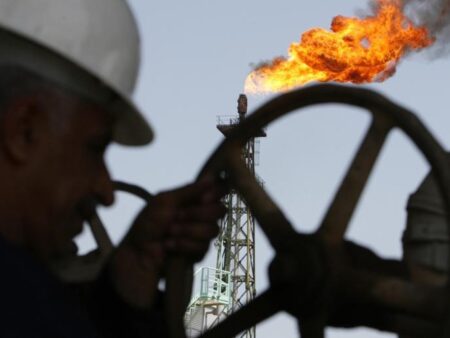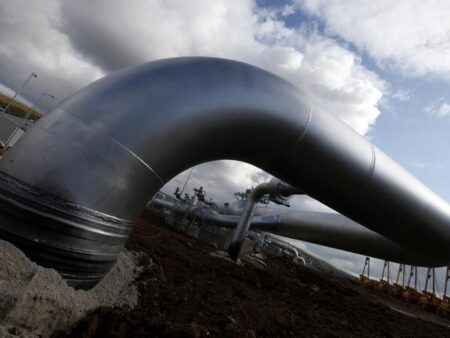The International Energy Agency (IEA) has revised its oil demand projections upward for 2025, attributing the increase to the economic stimulus measures in China. The Paris-based organization now expects global oil demand to expand by 1.1 million barrels per day in 2025, up from the previous estimate of 990,000 barrels per day.
Conversely, the demand forecast for this year has been reduced to 840,000 barrels per day from the earlier projection of 921,000 barrels per day. This downward revision is primarily due to lower-than-expected oil deliveries in China, Saudi Arabia, and Indonesia.
The updated demand growth figures for both this year and 2025 are significantly lower than the growth experienced last year, which saw an increase of more than 2 million barrels per day. The IEA’s report reflects a weaker macroeconomic environment and changes in oil consumption patterns.
Despite the upward revision for 2025, the IEA’s projections are still markedly below those of the Organization of the Petroleum Exporting Countries (OPEC), which forecasts demand growth at 1.61 million barrels per day this year and 1.45 million barrels per day in the following year.
The IEA expressed concerns about the global oil demand in 2025, noting the sudden stagnation of Chinese oil demand growth this year, along with modest increases in other emerging and developing economies. In October, Chinese oil demand remained unchanged from the previous year and showed a decline from the month before.
However, the IEA anticipates that China, the world’s leading crude importer, will see demand growth of 140,000 barrels per day in 2024 and 220,000 barrels per day in 2025, which is an increase from the earlier estimate of 190,000 barrels per day.
Global oil demand is estimated to average 102.8 million barrels per day this year and reach 103.9 million barrels per day in the next year. Despite this, the IEA’s current market analysis indicates a supply surplus of 950,000 barrels per day for the next year. This surplus could grow to 1.4 million barrels per day if OPEC and its allies start to phase out voluntary production cuts at the end of March as scheduled.
In terms of supply, the IEA reported that global oil output increased by 130,000 barrels per day in November, driven by a recovery in production from Libya and Kazakhstan. The average total supply is projected at 102.9 million barrels per day for this year and 104.8 million barrels per day for the next.
Last week, OPEC and its partners extended their voluntary production cuts of 2.2 million barrels per day until the end of March, with plans to gradually reduce these cuts over an 18-month period.
The IEA’s report, released on Thursday, comes amid concerns over weakening demand trends in China and the possibility of an oversupplied market next year. Nevertheless, recent events such as turmoil in the Middle East following the fall of Syrian President Bashar al-Assad and China’s commitment to enhance economic stimulus have offered some support to oil prices this week.
is currently trading at approximately $73 per barrel, while the U.S. benchmark, West Texas Intermediate, hovers around $70 per barrel.
This article was generated with the support of AI and reviewed by an editor. For more information see our T&C.

















